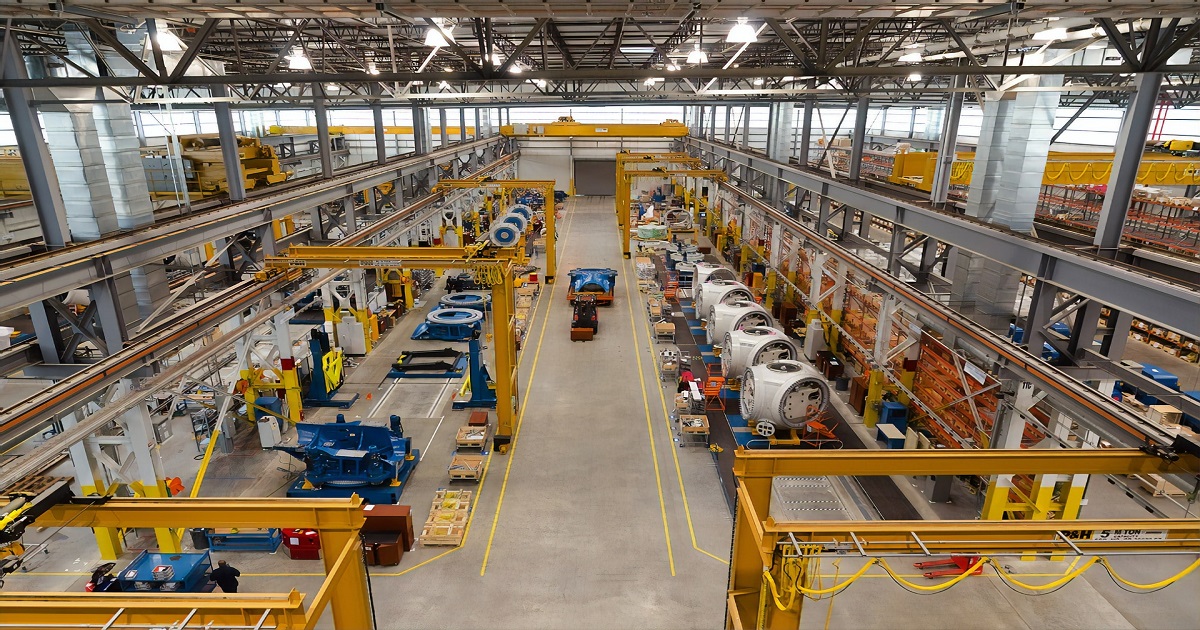- 2.5Impact Factor
- 5.5CiteScore
- 20 daysTime to First Decision
Smart Manufacturing and Industry 4.0
This special issue belongs to the section “Mechanical Engineering“.
Special Issue Information
Dear Colleagues,
Smart manufacturing processes and systems have been receiving great attention through the latest innovations, ongoing efforts, and best practices in the Industry 4.0 ear. The idea of the smart factory and its cyberphysical systems, intelligent support systems for manufacturing decision making, intelligent inspection to monitor the production health, in situ data collection and fusion of sensor information for manufacturing processes, collaborative robots, self-configuration and self-diagnosis Internet of Things for manufacturing shop floors, intelligent prescriptive and preventive maintenance, simulation-assisted process control and digital twins, big data analytics for manufacturing systems and processes, on-demand and customized processes utilizing the hybrid of additive and subtractive manufacturing, autonomy and autonomous vehicles, smart quality assurance and intelligent inspection, data-driven and model-based prognostics, and zero defect production are among the most important topics that need further research attention. This call aims at developing a Special Issue of the Journal of Applied Sciences dedicated to publishing new initiatives, applications, and research advances on smart manufacturing processes and systems addressing the needs of the fourth industrial revolution.
Prof. Ahmad Barari
Prof. Marcos de Sales Guerra Tsuzuki
Guest Editors
Manuscript Submission Information
Manuscripts should be submitted online at www.mdpi.com by registering and logging in to this website. Once you are registered, click here to go to the submission form. Manuscripts can be submitted until the deadline. All submissions that pass pre-check are peer-reviewed. Accepted papers will be published continuously in the journal (as soon as accepted) and will be listed together on the special issue website. Research articles, review articles as well as short communications are invited. For planned papers, a title and short abstract (about 250 words) can be sent to the Editorial Office for assessment.
Submitted manuscripts should not have been published previously, nor be under consideration for publication elsewhere (except conference proceedings papers). All manuscripts are thoroughly refereed through a single-blind peer-review process. A guide for authors and other relevant information for submission of manuscripts is available on the Instructions for Authors page. Applied Sciences is an international peer-reviewed open access semimonthly journal published by MDPI.
Please visit the Instructions for Authors page before submitting a manuscript. The Article Processing Charge (APC) for publication in this open access journal is 2400 CHF (Swiss Francs). Submitted papers should be well formatted and use good English. Authors may use MDPI's English editing service prior to publication or during author revisions.
Keywords
- Smart manufacturing
- Intelligent manufacturing
- Industry 4.0
- Digital manufacturing
- Digital metrology
- Intelligent support systems
- Manufacturing process control
- Smart quality assurance
- Intelligent inspection
- Predictive and prescriptive maintenance
- Model-based prognostics
- Vision systems
- Collaborative robots
- Manufacturing health management
- Artificial intelligence for manufacturing processes
- Big data analytics
- Sensor information
- Digital twins
- Manufacturing virtualization and simulation
- Self-configuration and self-diagnosis
- Internet of Things
- Self-optimization models
- Scheduling and sequencing
- Blockchain technology
- Resource efficiency
- Circular economy tracking
- Autonomy
- Autonomous vehicles
- Drones

Benefits of Publishing in a Special Issue
- Ease of navigation: Grouping papers by topic helps scholars navigate broad scope journals more efficiently.
- Greater discoverability: Special Issues support the reach and impact of scientific research. Articles in Special Issues are more discoverable and cited more frequently.
- Expansion of research network: Special Issues facilitate connections among authors, fostering scientific collaborations.
- External promotion: Articles in Special Issues are often promoted through the journal's social media, increasing their visibility.
- e-Book format: Special Issues with more than 10 articles can be published as dedicated e-books, ensuring wide and rapid dissemination.

